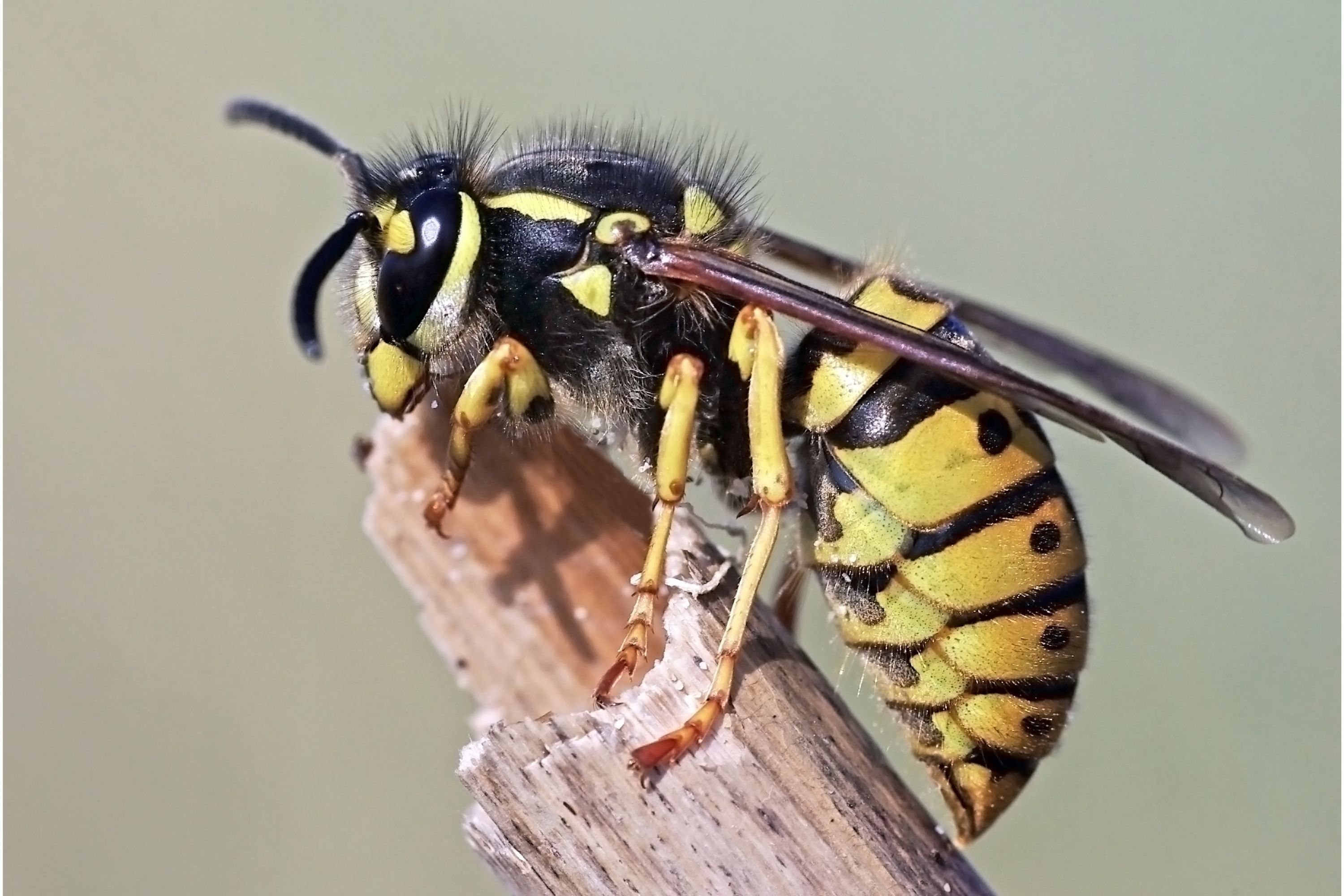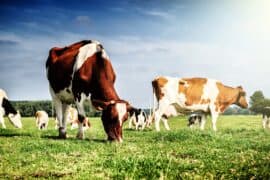Eastern yellowjacket
(Vespula maculifrons)

Description
The eastern yellow jacket or eastern yellowjacket (Vespula maculifrons) is a wasp found in eastern North America.Although most of their nests are subterranean, they are often considered a pest due to their nesting in recreational areas and buildings.This yellow jacket is a social insect, living in colonies of hundreds to thousands of individuals. Along with their subfamily, Vespinae, this species demonstrates supportive parental care for offspring, separation of reproductive and sterile castes, and overlapping generations.They aggressively defend their hives from threats and are known to inflict painful stings. V. maculifrons can be differentiated from other wasp species due to its smaller size and abdominal pattern.The most recognizable features of V. maculifrons are the black and yellow lines on the head, thorax, and abdomen. While the body is curved and wider than the head, the abdomen narrows at its attachment to the thorax, which is thinner than the abdomen. The lines on the abdomen also differ based on caste, with the queens having one flared black line nearest the thorax followed by thinner black lines. Queens also have two black dots between each black line. Individuals of this species range in size from 12.7–15.9 mm (0.5–0.625 in). and weigh roughly 0.0014 oz (0.04 g). The queens are the largest, followed by the males, and then the workers. A V. maculifrons nest can range from 94–300 mm (3.7–11.8 in) in diameter, allowing for hundreds to thousands of workers inside. A large nest can contain 10,000 to 15,000 cells, with a little less than a third of them dedicated to the larger queen cells.The envelope of the nest is tan-brown to red-orange in color. It is constructed out of worn, decaying wood, which results in a fragile structure. These nests are typically subterranean, but have been found in various sites above ground, including buildings. V. maculifrons is commonly found throughout eastern North America to the Great Plains. In most of the areas where it is found, V. maculifrons is the most common yellowjacket species. In the spring, the queen selects the spot where the colony will be located. Their subterranean nests are not deep, mostly covered by less than 50 mm (2 in) of soil.However, nests have been found from just under the surface to 250 mm (9.8 in) deep.These nests are found in hardwood forests and creek banks, but also in urban and suburban areas.
Taxonomic tree:







